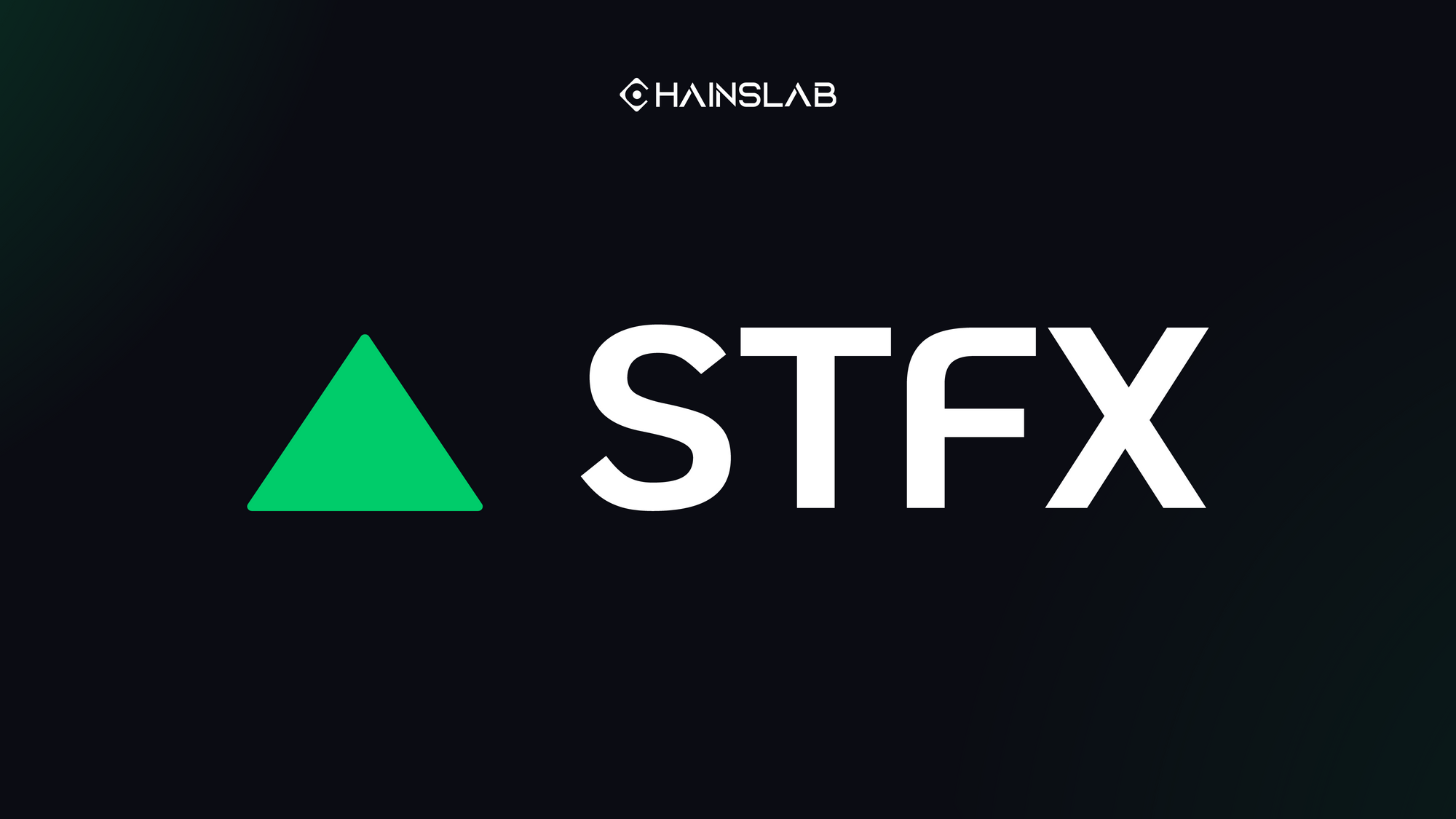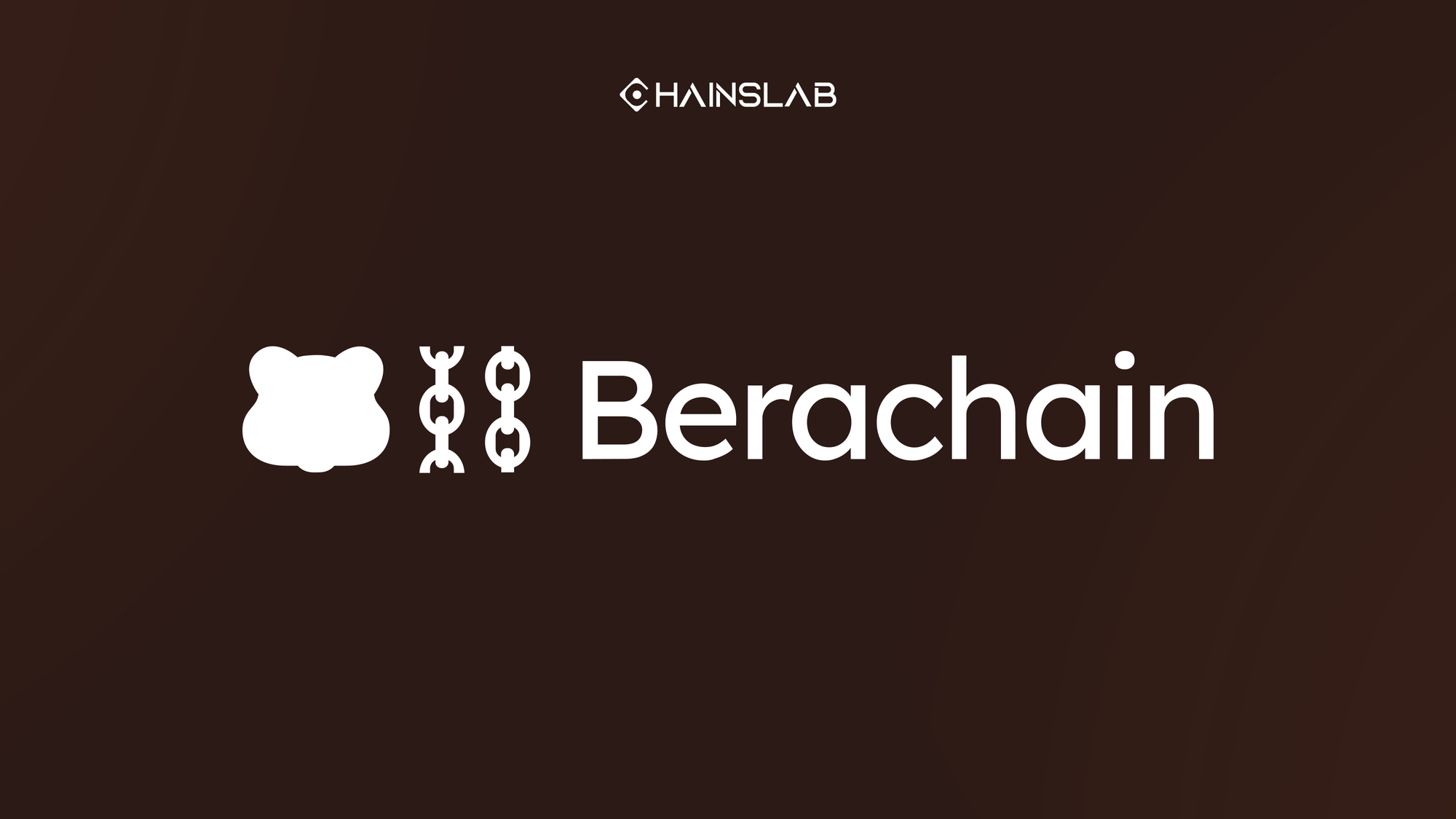At first glance, on-chain asset management seems like a no-brainer product fit for blockchains. Smart contracts ensure trustless custodianship of investor capital, transparent ledgers disenfranchise the cost burdens of complex accounting and audit infrastructure, and permissionless access grants equal and open access to all individuals, not just institutions and high net-worth individuals. The overhead costs of launching a hedge fund are slashed from 6 figures to a couple dollars in Layer 1 (Ethereum) and a few cents in Layer 2 (Arbitrum, Optimism) gas fee.
An idea for a new decentralized asset management protocol, which makes a different set of design tradeoffs, and can satisfy the thirst for volatility and risk of the crypto-native investors. An idea of unbundling a fund into something a lot more compartmentalized. A game changer shows up, STFX, a DeFi marketplace for investable trades, a SocialFi protocol for short-term asset management.
I. STFX Overview
STFX shorts of Single Trade Finance Exchange, a DeFi and SocialFi protocol for short-term asset management. It is pioneering a concept of Single Trade Vaults (STVs) built on GMX, the leading decentralized perpetual exchange on Arbitrum. The project can benefit from its community behind it, the composability of the platform, and the zero-price impact trades through use of oracle price feeds. The platform stands in contrast to long-term, continuous, multi-asset portfolio funds which have dominated TradFi and DeFi to date.
With features of short duration, non-custodial, active asset management vaults that are dedicated to one trade. STFX’s goal is to build high-risk, high-reward Vaults that are focused on the execution of discretionary single-trades.
The product’s target audience could be:
- Ambitious traders with their own strategies, who lack the resources to trade large amounts of money.
- Traders who have lost their deposit.
- High-risk investors, who cannot stay outside the market.
Vault in DeFi
In the world of Decentralized Finance (DeFi), vaults are pools of funds with an associated strategy that aim to maximize returns on the assets inside the vault. Vaults save investors a lot of researching time that would have been spent looking for optimal on-chain yield farming, earning or investment strategies. Similarly, vaults can save investors from high transaction fees.
Vaults can differ in complexity and have varying risk profiles. Vaults with lower risk usually have simple strategies. These include single asset staking vaults (e.g. deposit DAI to earn more DAI) and LP tokens with auto-compounding of the farming rewards. Higher risk vaults have more complex strategies involving multiple farms and protocols.
The Vault design is present across a large proportion of DeFi protocols, from Farming, to Lending, to Decentralized Asset Management. Visually, vaults are rectangular boxes into which you deposit money, then vaults try to make on-chain moves to multiply your money. The vault-based design is so ubiquitous to DeFi that the vast majority of DeFi projects follow that UX pattern. Simple, one-click investment and saving on gas fees. Deposits your assets in one the vaults and the protocol executes a series of financial transactions on behalf of your own behind the scenes, rather than doing by your own research and execution.
Core Product: STVs
STFX protocol allows users to create or invest in short-term STVs focused on a single trade. 1 STV = 1 vault = 1 trade.
Once in a while, many of us find an incredible trading opportunity. All you could do in such situations was share the trade setup with friends on Twitter, Discord and Telegram. There was no way to engage the opportunity with others or monetize the occurrence, besides trading it yourself. The STVs allows you to turn a trade setup into an investable vehicle which can be funded by the community in minutes.
Investing in tradable ideas on the STFX marketplace offers a number of improvements over the traditional fund format. In TradFi, investors often deposit capital to be actively managed for a large amount of time, maybe months to years, which requires the managers to constantly be monitoring performance and anxiously adjusting allocation within a portfolio.
In contrast, STFX simplifies the model by introducing discrete, single trade investment. Trade managers or STV creators no longer have to hold locked up funds for an extended period of time, trades are executed in a matter of hours, days, weeks. And once the trade is over, there’s no pressure to immediately take a new one. Each STV is a DeFi Vault managed by a unique trader who is executing their proposed trading idea. That’s the power of blockchain and DeFi, strictly focused on executing only 1 trade, everything is fully on-chain and non-custodial.
Why Called A SocialFi?
SocialFi stands for Social Finance, representing a hybrid between Social and DeFi. Specifically, it represents the usage of blockchain, smart contract and tokenomic technologies to remove the frictions in the context of social applications.
The advent of cryptocurrencies gave rise to a massive cryptocurrency trading industry. Crypto traders are constantly looking to discover information to use in their trading. A lot of good traders are willing to share their alpha with others for a price. However, there aren’t many clear ways to make this happen. To date, the value capture of social trading in crypto has not been found yet. Paid Discord and Telegram channels where traders share their trade setups fail to attract the lion’s share of the market and often have a questionable reputation and poor accountability.
Just like YouTube and Twitch allowed people to monetize their content through videos, STFX will allow anybody to monetize their trading ideas and trading skills, whilst allowing anybody in the world to join other people’s trades.
II. Tokenomics and Metrics
Tokenomics
The project token is $STFX with a total supply of 1 billion. The token is designed as a governance and utility token that services many key functions within the network.
- Staking: stakers are granted fee reduction and rebate on STVs for both managers and investors, and raise higher collective values of STV capacity for managers.
- Governance: vote on future DAO proposals.
- Priority Access: large STFX token holders will get first access rights to high profile manager STVs that may be otherwise oversubscribed.
- STV Advertising: managers will be able to stake and/or buy and burn STFX to get higher visibility on the Discover page.
As an investment marketplace, the protocol charges 5% of the profits earned by the vault as revenue but no management fees. STFX stakers will receive claim to 80% of protocol revenue, with the remaining 20% accruing to the DAO treasury. It can be ascribed to token price based on revenue projection.
Token Metrics
STFX raised $2 million in a Seed Round in July, meaning $20M in valuation. Currently we do not know the project's token payment schedule, but when looking at the amount of token allocation, we can easily see that the selling pressure at launch can be very large.
Specifically, 18% of the total supply is public sale and 220M tokens as incentives for the community. Besides, 25% of the total supply is allocated to the team, this amount is quite large. Not to mention the project will be launched in the current negative market sentiment, so the expectation of profit for the public and seed round is quite low and the risk is high.
III. Investors & Partners
There are about 15 people who are in the team, 7 are engineers and 8 are business development and marketing. STFX raised a $2 million seed round from 62 investors, 57 of whom are angels, crypto trader personalities/DeFi founders.
STFX is a true decentralized finance application and money lego. It can integrate with other DeFi protocols in a permissionless manner, so long as they are composable and have an SDK. The only limitations of these integrations relate to time constraints in developer work and the composability of the external DeFi applications.
The possibilities for future partnerships span across the DeFi space, with strategic partnerships with GMX, Arbitrum, Optimism, and Perpetual Protocol already underway.
IV. Conclusion
The project has the potential to be a full-fledged product that solves real market problems. To offer a product that will open convenient access to cryptocurrency for everyone who wishes and will not require much time to process. The protocol as a business can generate profits through commission and through liquidation of position of its users.
The project is being done in a bear market, the team will not have inflated expectations and will have more time to implement all product ideas. However, it really needs solid marketing to succeed.
There are a lot of people who hate to lock away their capital for any specified periods of time (especially right now when trust is not at its highest given the regular exploits and mismanagement of funds in both DeFi and centralized funds). The on-chain rep-based social aspect should also foster a greater sense of competitiveness, as traders seek both capital and social clout. This hits all the boxes to go far given the team keeps shipping and is able to market interest amongst traders and retailers to get the ball of liquidity rolling.
One concern should be into discussion is how STFX will be able to approach trade discovery. Delegation can make it easy to promote certain managers all the time and it risks promoting the same crew of managers due to financial backing over discovering interesting trade ideas.
The anonymity of the STFX team presents a notable risk. Although anonymous crypto teams are not uncommon, they can create a barrier to trust and credibility. Likewise, some institutional investors will not have the mandate to invest in anonymous teams.
STFX Official Links
Website: https://www.stfx.io/
Twitter: https://twitter.com/STFX_IO
Discord: discord.gg/STFX
Telegram: https://t.me/STFX_IO




